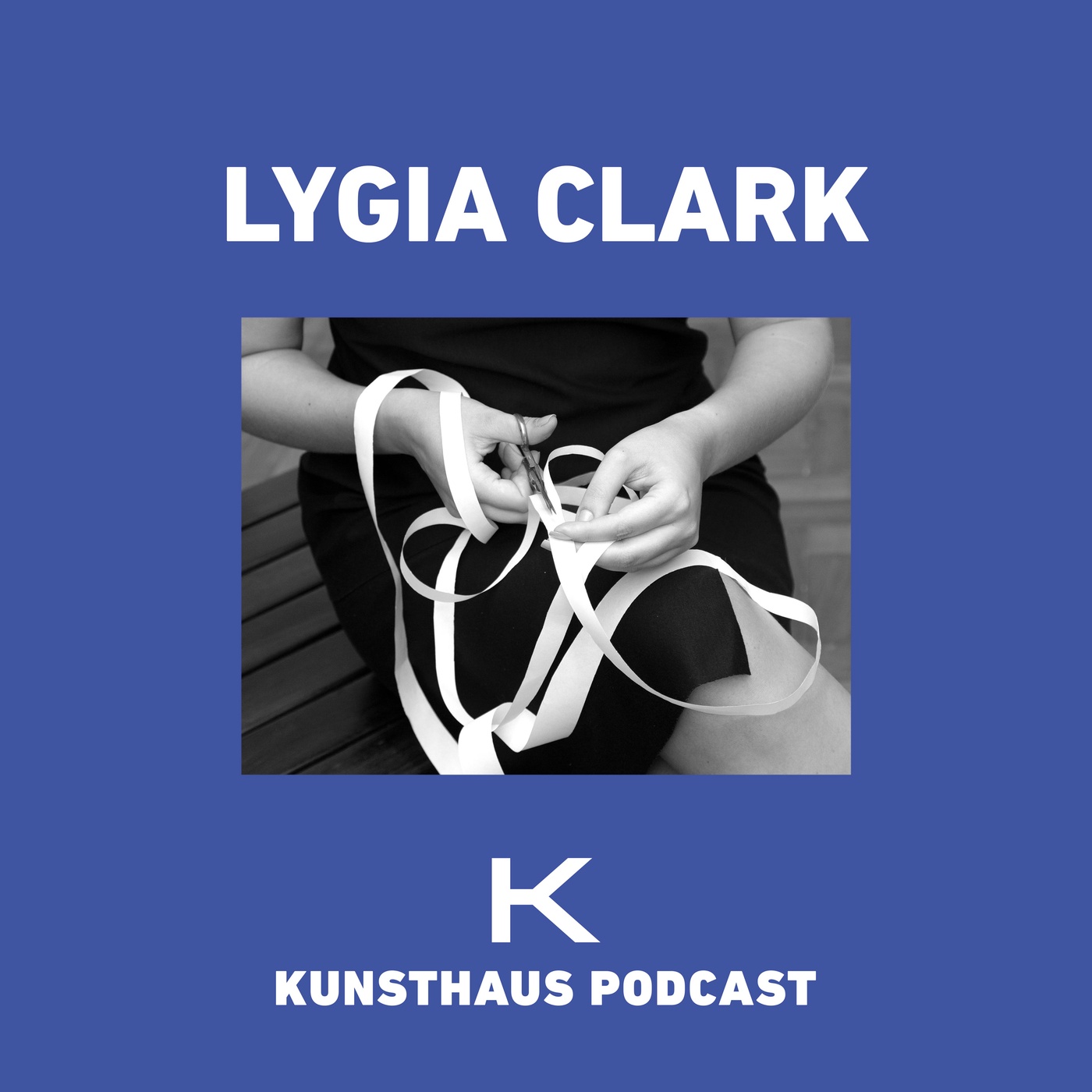Dieser Podcast mit 8 Folgen ist im Rahmen der Lygia Clark-Retrospektive 2025 am Kunsthaus Zürich entstanden. Idee und Konzept zu diesem Podcast gehen auf die Kunsthistorikerin Cathérine Hug zurück, produziert wurde er von der Historikerin Kim Stengl. Videocalls ermöglichten Gespräche und Aufnahmen mit Teilnehmenden aus aller Welt: Yve-Alain Bois, Alessandra Clark, Mauricio Dias, Fredi Fischli, Irina Hiebert Grun, Christiane Klotz, Niels Olsen, Walter Riedweg, Suely Rolnik, Annina Schindler, Jean Da Silva, Irene V. Small, Maike Steinkamp.
Das Kunsthaus Zürich zeigt vom 14. November 2025 bis 8. März 2026 in Kooperation mit der Neuen Nationalgalerie Berlin die erste LYGIA CLARK gewidmete Retrospektive im deutschsprachigen Raum und weltweit umfassendste seit jener des MoMA in New York 2014. Die Ausstellung wurde von den Kuratorinnen der Neuen Nationalgalerie Irina Hiebert Grun und Maike Steinkamp initiiert und konzipiert. Für das Kunsthaus Zürich wurde sie von Cathérine Hug kuratiert und zeigt rund 120 historische Originalwerke aus renommierten öffentlichen und privaten Sammlungen in Brasilien, den USA und Europa – viele davon erstmals öffentlich zugänglich. Zusätzlich wurden rund 50 partizipative Arbeiten als Repliken von der Associação Cultural O Mundo de Lygia Clark hergestellt, um Besuchenden die prozessorientierte Dimension unmittelbar erfahrbar zu machen. Die Verbindung von Originalen und interaktiven Repliken ist in dieser Dichte einzigartig und bringt logistisch sowie für die Kunstvermittlung viele Herausforderungen mit sich.
